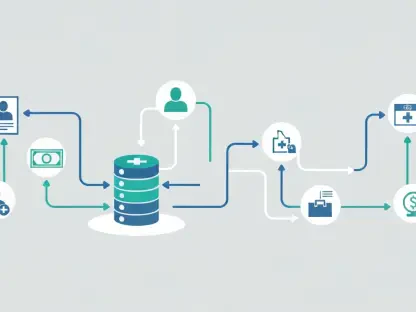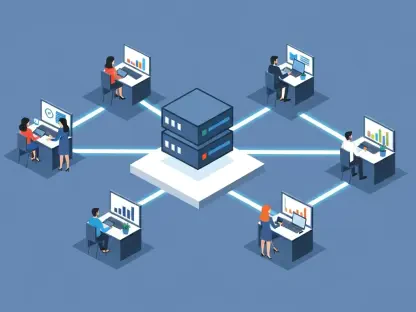The explosive growth of digital activities globally has led to a substantial increase in the environmental impact of data centers, which are responsible for about 1-2% of global electricity consumption. This figure is expected to rise significantly due to advancements in artificial intelligence and other technological fields. In response to this growing concern, the concept of a “clean cloud” has gained momentum, focusing on operating data centers in a carbon-neutral or low-emission manner. This shift includes utilizing renewable energy sources such as wind, solar, or hydroelectric power, and making energy-efficient innovations like advanced cooling systems and efficient server designs.
Tech Giants Green Initiatives
Leading tech companies are at the forefront of this green movement with ambitious initiatives aimed at creating a sustainable cloud environment. Google, for instance, has been powering its data centers entirely with renewable energy since 2017. The company has further committed to operating on carbon-free energy by 2030. Microsoft has similarly set a goal to become carbon-negative within the same timeframe, aiming to remove more carbon from the atmosphere than it emits. Amazon Web Services (AWS) is also making strides by targeting 100% renewable energy usage for its data centers by 2025.
These initiatives are not just limited to the usage of renewable energy. Innovations like liquid cooling and immersion cooling technologies are being adopted to enhance energy efficiency further. These methods involve directly cooling the servers with environmentally friendly liquids, reducing the need for traditional air conditioning systems that consume significantly more power. By investing in these technologies, tech giants are not only reducing their carbon footprint but also setting the stage for more sustainable data center operations across the industry.
Challenges and Criticisms
Despite the promising advancements, there are several challenges and criticisms linked to the green cloud movement. One major challenge is the substantial water usage required for cooling data centers, which can be problematic in regions prone to drought. Finding alternatives that minimize water consumption while maintaining efficient cooling is a critical task for tech companies moving forward. Additionally, critics have raised concerns over the practice of carbon offsetting. This approach allows companies to claim carbon neutrality by investing in projects that reduce emissions elsewhere, without necessarily reducing their emissions. Critics argue that this can serve as an easy escape for companies, allowing them to continue their emissions under the guise of sustainability.
Another significant issue is e-waste. As tech companies frequently replace hardware components to maintain optimal performance, the disposal of old equipment can undermine sustainability efforts without robust recycling practices in place. The rapid turnover of hardware not only contributes to electronic waste but also consumes valuable resources that could be conserved through better design and recycling programs. Addressing these issues requires a holistic approach that extends beyond carbon emissions to encompass the entire lifecycle of data center equipment.
Global Impact and Policy Measures
India presents a compelling case of an emerging digital economy recognizing the importance of sustainable data centers. With the country’s growing investments in cloud services and the impending rollout of 5G technology, energy demand is skyrocketing. The Indian government has responded by drafting policies aimed at promoting the development of energy-efficient and sustainable data centers. These policies include incentives for companies that adopt green practices, as well as regulations to ensure compliance with sustainability standards. By setting an example, India is highlighting the global significance of this movement and encouraging other nations to follow suit.
The shift towards clean cloud solutions is not just about reducing emissions; it is about transforming the digital infrastructure that underpins modern life. Governments around the world need to enforce stricter regulations, ensuring that companies adhere to sustainability standards. Consumers must demand transparency from the companies they patronize, pressuring them to adopt greener practices. Startups should also be incentivized to develop innovative solutions that contribute to a more sustainable cloud environment. The intersection of technology and sustainability is crucial and represents a significant opportunity for systemic change.
Collective Action for a Greener Future
The rapid surge in digital activities worldwide has significantly increased the environmental impact of data centers, which now account for approximately 1-2% of global electricity consumption. This percentage is projected to grow substantially with the evolution of artificial intelligence and other technological innovations. Addressing this escalating concern, the “clean cloud” concept has gained traction, focusing on running data centers in a carbon-neutral or low-emission manner. This approach involves the use of renewable energy sources, including wind, solar, and hydroelectric power. Additionally, energy-efficient innovations such as advanced cooling systems and optimized server designs are being implemented to further reduce the carbon footprint. As society increasingly relies on digital infrastructure, the push towards sustainable and environmentally friendly data centers becomes essential. This shift not only aims to mitigate the negative environmental impacts but also ensures that technological advancements do not come at the expense of the planet’s health.









